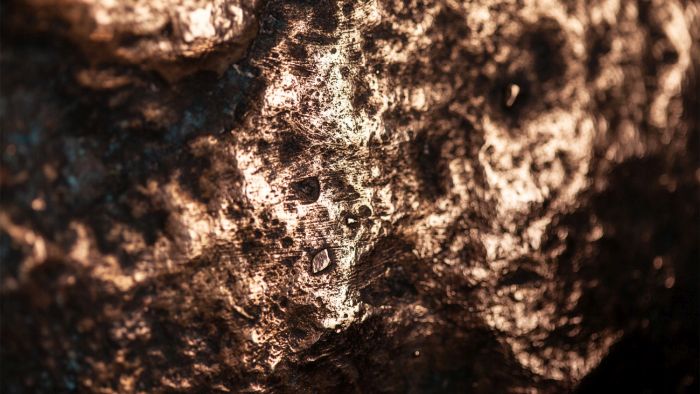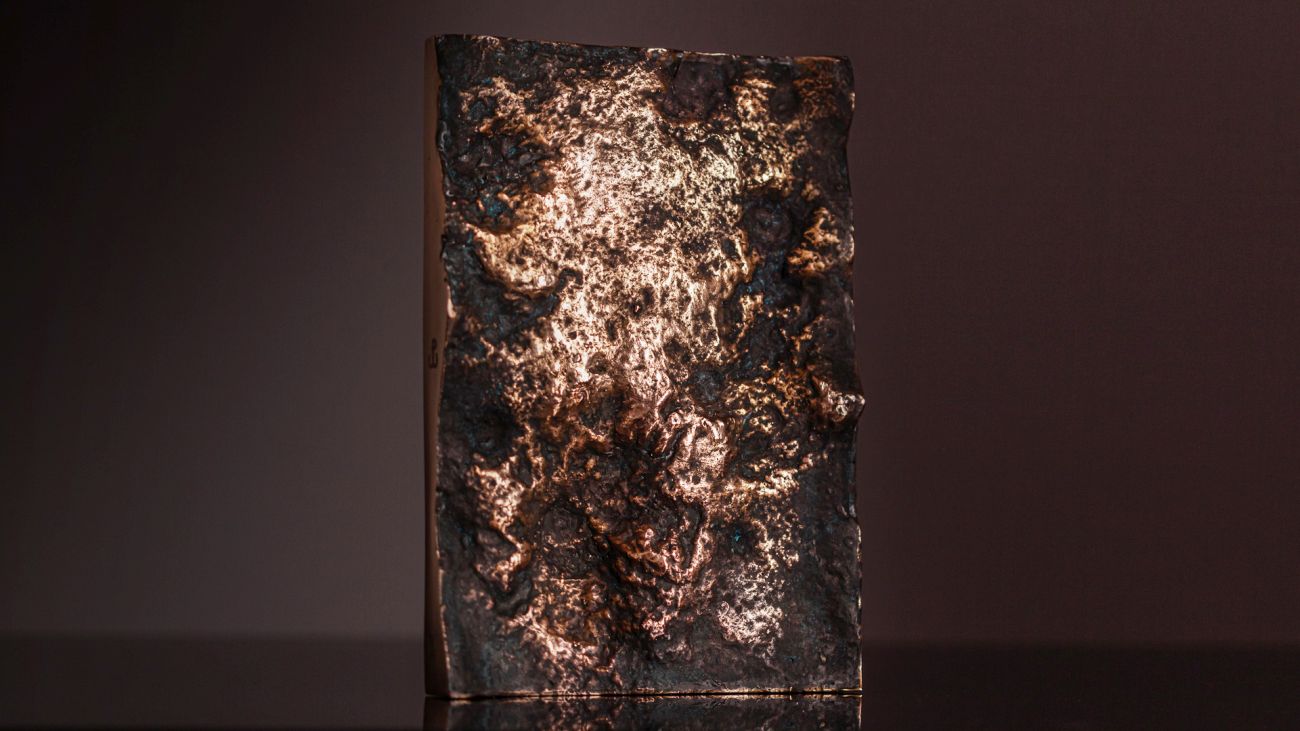The insurgents struggled to capture the Poniatowski Bridge on the first day of the Warsaw Uprising, as it played a crucial role in connecting a city divided down the middle by the Vistula river. Moreover, it could serve as a convenient crossing point for the Soviet army, a fact of which both sides of the conflict were painfully aware. Unfortunately, the brazen operation ended in a complete fiasco for the insurgents.
Three platoons of the “Konrad” group were to attack the German checkpoint on the bridge. They advanced on August 1, 1944, from a house at 24 Solec Street. Cadet Corporal Jerzy “Rudy” Sienkiewicz led the assault team.
As was the case with many insurgent detachments, the three platoons from “Konrad” group were in sore need of weapons and ammunition. Most of the soldiers ordered to attack the heavily fortified German outpost and anti-aircraft batteries had no more than small weaponry. Although the group received a single British “Bren” LMG, no one was trained in its use. The insurgents plan of attack failed in its early stages. Cadet Corporal Jerzy Sienkiewicz ran into a German soldier, which led to a firefight shortly before the operation began. After hearing shots, a group of alarmed German pioneers deployed signal flares, depriving the Home Army troops the element of surprise and forcing them to launch an immediate assault from a disadvantageous position. While ascending the bridge, they were caught in a barbed-wire mesh that stopped their advance. Their attack finally collapsed under the fire of an anti-aircraft machine gun.
An assault from Praga, the opposite side of the river, also failed. Three platoons advancing from the east encountered a paratrooper panzer division under Herman Goering. The battle did not last long – the insurgents had no chance against such a well-equipped formation. They were quickly routed and suffered a costly loss.
The Poniatowski Bridge, just like Kierbiedzia Bridge (which stood in the spot occupied today by Ślasko-Dąbrowski Bridge), remained under German control until the end of the uprising. The occupying forces ultimately decided to blow it up on 13th of August, 1944, a quarter past noon, fearing that it could be used by advancing Soviet troops to cross the river.







